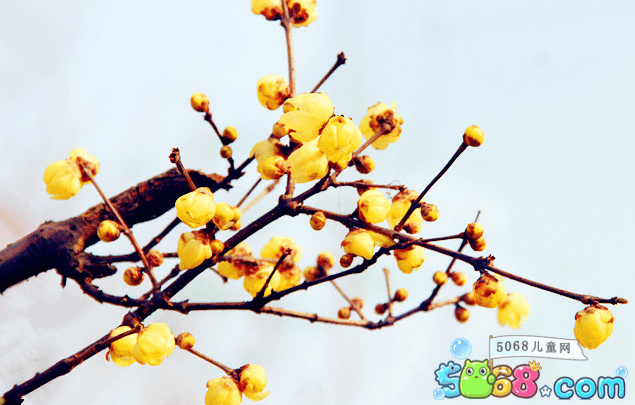How does rubber tree fertilize fertilizer in which position skill? Rubber tree maintenance skills and matters needing attention
Rubber tree fertilization of 6 tips, can not improve the rubber tree!
The rubber tree has bright leaves and beautiful appearance, and has the effect of purifying dust. If you want to raise an oak tree, fertilization is the key, nutrition can not keep up, naturally you will not be able to grow. This is the fertilization technology of rubber trees!

Fertilization skills of rubber trees:
(1). Summer is the peak season for rubber trees to grow. For the large demand for water and fertilizer, it is necessary to appropriately increase the amount and frequency of fertilizer application. Phosphate cake water can be mixed with phosphorus and potassium liquid fertilizer. It can be used every 2 weeks, plus watering.
(2). In spring and autumn, it is usually applied every three weeks, together with watering, which makes the rubber tree stronger and its leaves thicker and greener.
(3). Change the basin every early spring, otherwise the nutrients in the soil will be exhausted, which is not conducive to the growth of plants. Changing the basin can ensure the adequate nutrition of the potted soil. It can make the rubber tree grow fuller.
(4). Rubber trees are high fertilizer plants, but attention should be paid to the application of nitrogen fertilizer. Excessive nitrogen fertilizer can lead to stem length and affect the appearance of plants.
(5). The seedlings of rubber trees need to apply decomposing liquid fertilizer once in 20 days.
(6). After falling, the rubber tree should be controlled to fertilize, or even not fertilize, which will help the rubber tree survive in winter.
Oak trees learn to fertilize in this way, with thick branches and bright leaves! Fertilization is generally applied to the roots, do not touch the leaves, otherwise it will cause damage to the leaves! Do not touch the root, it will also do harm to the root!
The rubber tree is potted in the indoor green environment, with thick leaves, wide and shiny leaves, which can purify the air. If you want rubber trees to grow well, you must learn fertilization techniques. Let's see!
Rubber tree maintenance skills:
(1). When rubber trees are in new leaves, there is a great demand for nutrients. Therefore, it is necessary to increase the amount of fertilizer application, and the available compound fertilizer with the balance of nitrogen, phosphorus and potassium can be used to balance nutrition.
(2). The semi-closed compound fertilizer was diluted with 500ml water and topdressing every 15 to 20 days in the growing season. When there is no fertilization in the pot, the concentration and frequency of fertilization can be increased every 1 to 2 weeks. Topdressing once to ensure the growth of plants, fertilizer can be reduced into fertilizer and water into the spray pot, spraying fertilizer on the plant.
(3). When applying fertilizer to rubber trees, do not apply too much nitrogen fertilizer, which will lead to plant length, stem length and affect the appearance.
(4). Rubber trees are not resistant to raw fat and fertilizer, which will burn the roots of seedlings, which is not conducive to the growth of rubber trees. In the season when rubber trees grow slowly, rubber trees should reduce or stop fertilizing after falling.
(5). When rubber trees are fertilized with organic fertilizer, they can be diluted with water and watered. It can be buried around the plant to avoid roots.
Time: 2019-05-08 Click:
- Prev

Introduction of Chinese plum planting management methods
When planting plums, a good management method is needed so that the flowers can grow well, beautiful and pleasant. The following small series introduces the planting and management methods of Chinese plum, hoping to help everyone. Latin American planting management methods 1. Watering: Plum watering is usually used to maintain soil for a long time. Pay attention to drainage in rainy season
- Next

How to maintain potted dragon spit beads
Dragon spit is an evergreen vine with small irrigated flowers. Flowers scattered in clusters, terminal or axillary, white then pink, pentagonal, petals crimson, stamen filaments slender, prominent corolla. Flowers in summer and autumn. Sexual desire likes sunlight and warm, humid environments, but is afraid of direct sunlight.
Related
- Fuxing push coffee new agricultural production and marketing class: lack of small-scale processing plants
- Jujube rice field leisure farm deep ploughing Yilan for five years to create a space for organic food and play
- Nongyu Farm-A trial of organic papaya for brave women with advanced technology
- Four points for attention in the prevention and control of diseases and insect pests of edible fungi
- How to add nutrient solution to Edible Fungi
- Is there any good way to control edible fungus mites?
- Open Inoculation Technology of Edible Fungi
- Is there any clever way to use fertilizer for edible fungus in winter?
- What agents are used to kill the pathogens of edible fungi in the mushroom shed?
- Rapid drying of Edible Fungi

